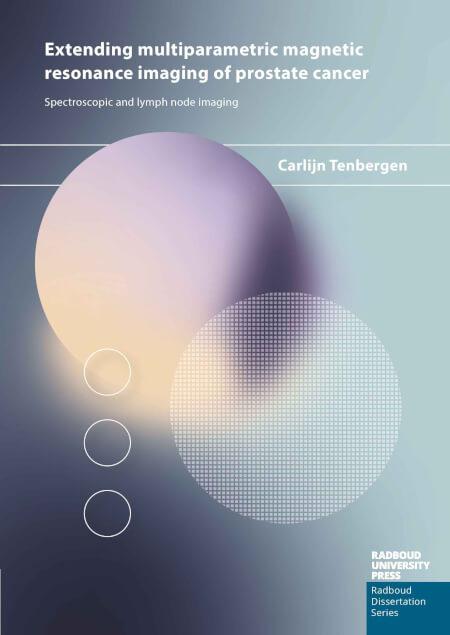Extending multiparametric magnetic resonance imaging of prostate cancer: Spectroscopic and lymph node imaging
Keywords:
Magnetic Resonance Imaging, Prostate CancerSynopsis
Multi-parametric magnetic resonance imaging (mpMRI) of the prostate has become an essential tool in diagnosing prostate cancer. Research over the past decade has stimulated and supported the routine use of mpMRI as a reliable and sensitive noninvasive imaging modality for detecting and characterizing focal regions within the prostate. Clinical guidelines have incorporated the mpMRI pathway as part of the diagnostic process, using the standardized interpretation system called PI-RADs. The mpMRI exam is currently used in men who are suspected of having clinically significant disease and is performed before and to direct biopsy. The MRI-pathway can reduce the number of men who need a prostate biopsy, reduce the number of diagnoses of clinically insignificant cancers, and improve the detection and localization of significant cancer. However, there can be variations in interpretation due to the expertise of the radiologist. An efficient MRI-pathway can benefit from further optimized imaging, minimizing variance in MRI data acquisitions, image quality, and interpretations and a decrease in the number of diagnostic steps to identify clinically significant cancer, to match an increasing demand for mpMRI in prostate cancer diagnostics. This doctoral thesis covers several studies to optimize technical aspects of MRI of the prostate, specifically spectroscopic and lymph node imaging, aiming to facilitate the quantitative assessment of the aggressiveness of prostate cancer and the spread of the disease to lymph nodes.

Published
Series
Categories
License

This work is licensed under a Creative Commons Attribution-NonCommercial-NoDerivatives 4.0 International License.

